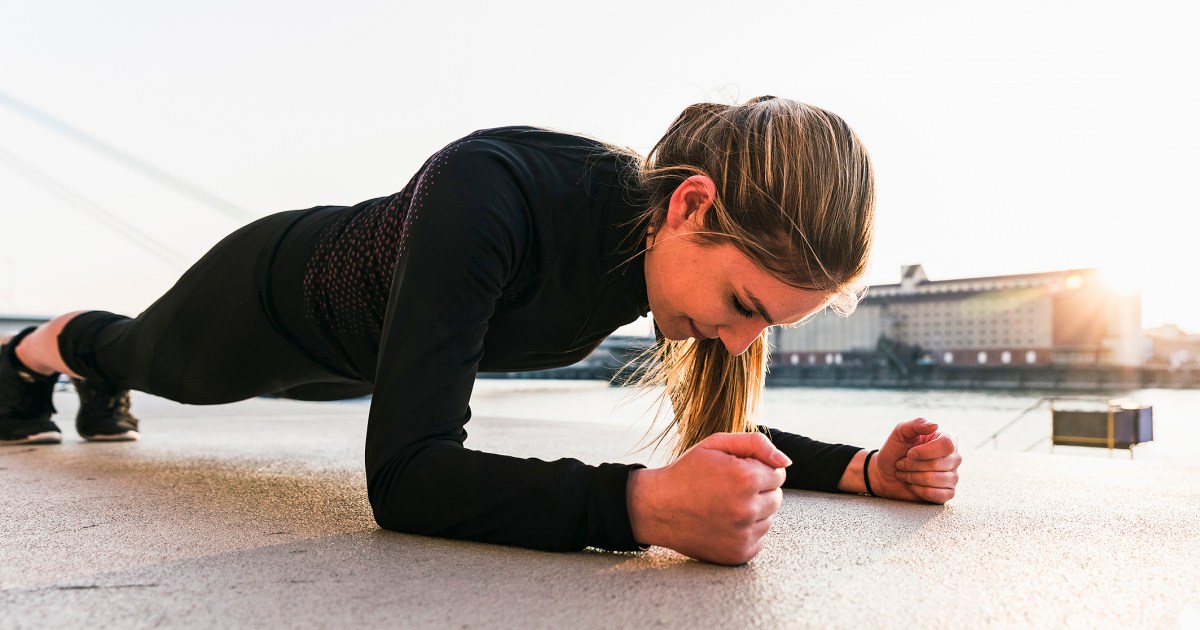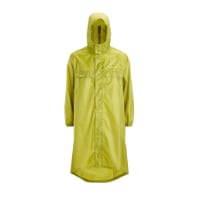clarkandkaren
New Member
- Time of past OR future Camino
- March (2020)
I'm about a 6 weeks away from beginning the French Camino. Depending on how I feel when I get to St. Jean, I will either take a train back to Portugal, or continue on to Santiago.
In the meantime, I have an question regarding what specific back-strengthening exercises any of you have engaged to help offset the strain.
First, however, some specifics regarding my question:
1) I have a bulging disc at L5/S4.
2) I have mildly herniated discs at C6, 7 and 8. (All of these issues are from an automobile accident at the age of 5---more than 60 years ago.
3) My leg strength is not as issue as I regularly ride 500-600km a week with 2000 to 4000m of climbing.
Because of the low back issue, I cannot do squats or lunges. I am quite capable of lat pulldowns, and single-arm rowing. I also can hold a full plank position for 5 minutes without knees touching the floor.
I am quite concerned however that my low back is FAR FROM the 20km of walking a day with a pack that ..I now have down to 8kg.
Any exercise suggestions would be appreciated.
In the meantime, I have an question regarding what specific back-strengthening exercises any of you have engaged to help offset the strain.
First, however, some specifics regarding my question:
1) I have a bulging disc at L5/S4.
2) I have mildly herniated discs at C6, 7 and 8. (All of these issues are from an automobile accident at the age of 5---more than 60 years ago.
3) My leg strength is not as issue as I regularly ride 500-600km a week with 2000 to 4000m of climbing.
Because of the low back issue, I cannot do squats or lunges. I am quite capable of lat pulldowns, and single-arm rowing. I also can hold a full plank position for 5 minutes without knees touching the floor.
I am quite concerned however that my low back is FAR FROM the 20km of walking a day with a pack that ..I now have down to 8kg.
Any exercise suggestions would be appreciated.



















